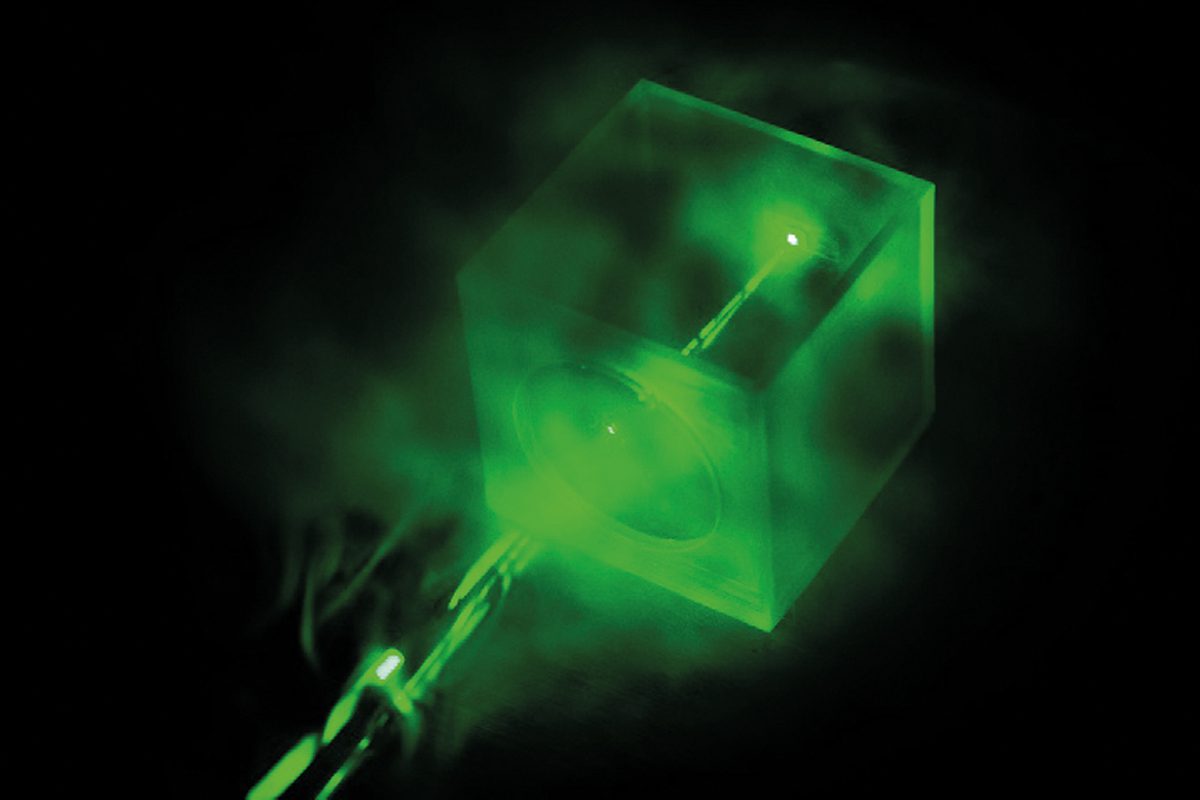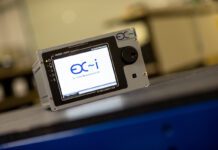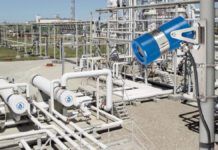Scientists at Nanyang Technological University, Singapore (NTU Singapore) have developed a device that can identify a wide range of airborne gases and chemicals “instantly”.
The new prototype is portable and suitable for deployment by agencies to identify everything from tiny gas molecules like sulphur dioxide to larger molecules such as benzene. It can provide real-time monitoring of air quality, and assist in the detection of gas leaks and industrial air pollution.
Developed by a research team led by Associate Professor Ling Xing Yi at the School of Physical and Mathematical Sciences, the new technology was reported in September in the journal ACS Nano.
The approach is presented as an alternative to methods such as Gas Chromatography – Mass Spectrometry (GC-MS). The latter is reliable but requires sample collection and a few days or hours to obtain results. Emergency scenarios require a fast and ongoing analysis of potential air contamination, such as following a natural disaster, chemical spill or illegal dumping of toxic waste, so that emergency responders can take appropriate action.
How it works
The new device uses a small patch made of a special porous and metallic nanomaterial to first trap gas molecules. When a laser is shone on it from a few metres away, the light interacts with the gas molecules, causing light of a lower energy to be emitted. When analysed, it gives a spectroscopic readout in the format of a graph chart. The readout provides a “chemical fingerprint” corresponding to different gases. The whole process takes about 10 seconds to complete. The chemical fingerprint is referenced against a digital library for identification.
Known as Raman spectroscopy, this long-established technique for identifying chemicals has been restricted to solid and liquid samples, since gaseous chemicals are too dilute for the laser and detector to pick up.
To overcome this limitation, Assoc Prof Ling and her PhD student Mr Phan Quang Gia Chuong developed a special nanostructure made from a highly porous synthetic material known as a metal-organic framework, which actively absorbs and traps molecules from the air into a ‘cage’.
This nanostructure also contains metal nanoparticles, which boost the intensity of the light surrounding the molecules. The result is a million-fold enhancement in the Raman spectroscopy signals, which allows for the identification of the trapped molecules.
Ling traced the genesis of the invention to an incident in Singapore in 2017, and reports of a strong gas-like odour over certain parts of the island. The cause was only determined a few days later, and was traced to volatile organic compounds released by factories outside of Singapore. And this prompted interest in a more instantaneous method.







